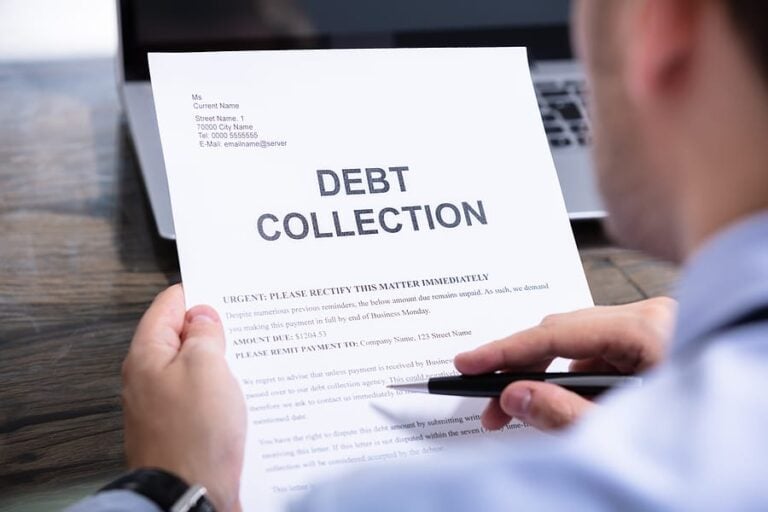How To Budget Your Expenses
The art and science of creating a budget is not a glamorous one, but it is still something that needs to be addressed properly. Many people go through life without a budget and fall prey to reckless spending habits that lead to living beyond one’s means.
So, what exactly does it mean to have a proper budget, and why bother creating one at all? Well, the answers are multi-fold. For starters, a good budget will create boundaries that keep a person from spending more each month than the true amount of disposable income.

In order to keep expenses below disposable income, it becomes necessary to get a clear, detailed and accurate accounting of monthly expenses on an ongoing basis. What’s the best way to get this done? Let’s take a closer look.
Take Inventory
For the purposes of any budget, it is first necessary to know your monthly disposable income. This is the amount of take-home pay you receive each month after taxes, retirement contributions and any other deductions.
Just as a business can calculate an income statement by starting with revenue and subtracting expenses, you can think of your own monthly disposable income as the “revenue” from which you will subtract your monthly expenses in creating your budget.
Like any good business that has been around awhile, you want your bottom line to come in with a positive number, or at worst, break-even. A negative bottom-line business is a money losing business – and a negative number in the bottom line of a budget speaks to an individual living beyond his or her means.
So, next it becomes essential to generate a proper accounting of expenses that can be effectively managed to remain below disposable income on a consistent monthly basis.
ABC
Know Your Expenses
Know thy expenses – all of them. Write them down with a column next to their names and list accurately calculated amounts. Some expenses are more easily identifiable – these include housing, food, transportation, auto insurance, utility, cable and cell phone bills.
Among these, certain categories such as housing, car payment, auto insurance, internet, cable and cell phone bills might show identical amounts month after month. Other expenses, including utility bills such as those for electricity, heating and water may fluctuate seasonally.
These require more digging to arrive at a proper accounting through a minimum of six months (ideally twelve) of payment records to calculate averages. Consult your account payment history on utility company websites to arrive at an accurate figure for these expenses in your budget.
Additional Expenses
There are other additional expenses that will vary and require digging in order to come up with accurate monthly averages that can be inputted into a budget.
These include food, groceries, gasoline, clothing and household items. It can be tricky to come up with monthly averages here, and a close review of all debit and credit card statements is a good place to start in an effort to comb through spending records. Consult your account statements on debit and credit card websites to arrive at accurate figures for these expenses in your budget as well.
Entertainment expenses for movies and concerts should be averaged out as well – and be mindful of whether these aren’t included in your statements – as they may have been paid for in cash.
Take note of cash withdrawals taken out of your bank account and allocate an average for a “pocket money” expense line that covers these expenses, as well as miscellaneous trips to the coffee shop, pizzeria and bar, if applicable. Meantime, don’t forget about an expense line for things like a gym membership and any other monthly subscription services, including Netflix and Hulu.
Finally, create an expense line for miscellaneous expenses that accrue throughout the year and need to be averaged out monthly for things like homeowners insurance, clothing, auto repair and maintenance and home repairs.


Itemize and Heed the 50/30/20 Rule
Your comprehensive list of expenses needs an accurate monthly figure next to each individual expense. Take the necessary time to itemize properly and add everything up. If you’re already under your level of disposable income, congratulations! If not, recognize that some further tweaking is in order. Here is where the 50/30/20 rule comes into play.
Simply put, this rule specifies that 50% of disposable income be allocated to necessary expenses, 30% be allocated to “wants,” and 20% be allocated to debt repayment and savings.
Drawing a clear line between necessities and wants is important here, as is automating the debt repayment and savings of 20%. If necessities extend beyond 50% of after-tax income, the shortfall hit goes to “wants” – not to debt repayment and savings.
Get a Clear Picture of Your Bottom Line
Thorough research of your expenses can lead to a properly structured budget that provides you with a clear picture of your bottom line. Remember – your monthly disposable income must exceed the comprehensive sum of your monthly expenses. If it doesn’t, examine your monthly spending habits further and cut back on unnecessary items – the “wants” in the 50/30/20 rule.
The work required to construct a detailed, functional and realistic budget can pay dividends month after month in peace of mind and financial well being. Make the effort and be properly rewarded.

Are you in debt? we can help
Get Debt Relief
Connect with licensed debt specialists dedicated to supporting your long-term financial well-being.

Ready To Get Started?
See if you qualify for debt relief. Get A Free Savings Estimate to see how quickly you can be debt free.
Embrace financial freedom with our tailored solutions, expert guidance, and unwavering commitment to your success.
Experienced Professionals
Our team comprises seasoned experts who have successfully navigated countless clients towards a debt-free life.
Customized Solutions
We understand that every financial situation is unique. That’s why we craft bespoke debt relief plans tailored to your specific needs.
High Success Rate
Our track record speaks for itself. Our effective strategies and dedicated approach ensure tangible results.
Confidential Consultation
Your privacy is paramount. Rest assured, our consultations are carried out with the utmost discretion and confidentiality.
Explore other blogs











